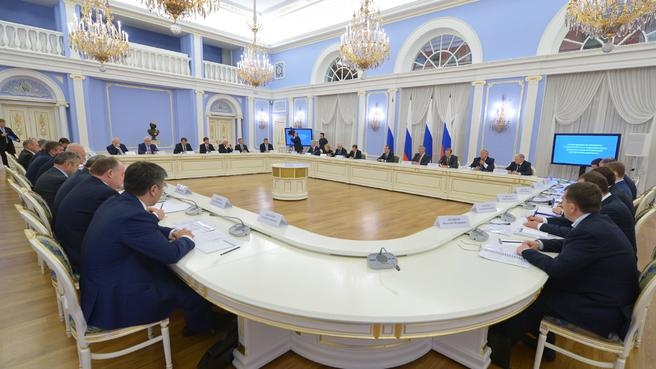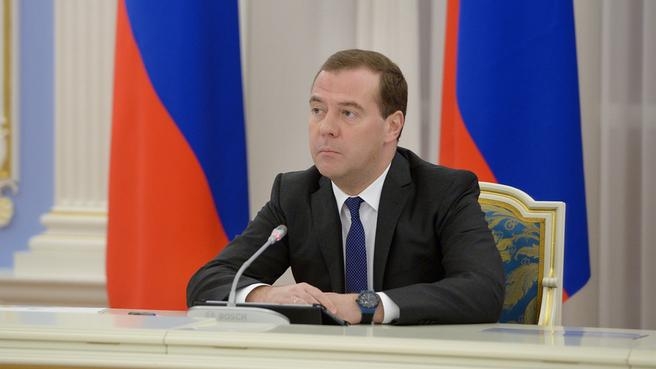Dmitry Medvedev: "Our companies have the necessary production capabilities, from design to commercial production. There are joint ventures that can easily compete with international manufacturers."
Dmitry Medvedev’s opening remarks:
First of all, I would like to mention an important event: this morning, the Government submitted the draft federal budget for the next three years to the State Duma.
We drafted the budget, to be later signed into law by the President, to reflect our main goals and priorities. These primarily include fulfilling our social obligations and economic development. The federal budget we drafted is based on the need to maintain a balance of macroeconomic proportions. We made sure that it is nearly deficit-free, which is especially important in the present situation. It is also socially oriented, and focused as much as possible on industry and other spheres that require the Government’s attention.
Today we will discuss the present condition of the microelectronic industry in Russia and the tasks this industry is facing today. The industry’s development programme and funding estimate is laid out in the Electronic Industry Development Strategy until 2025. Last year we managed to maintain growth in this sector. The volume of the Russian radio electronics market was about 1 trillion roubles – a level we expect to bring up to 4 trillion roubles by 2025.
Dmitry Medvedev: "The industry’s development programme and funding estimate is laid out in the Electronic Industry Development Strategy until 2025. Last year we managed to maintain growth in this sector. The volume of the Russian radio electronics market was about 1 trillion roubles – a level we expect to bring up to 4 trillion roubles by 2025."
Yet, at this stage, only some of the segments remain competitive in this sector – mainly involving defence-oriented products. There are too few civilian business projects in this sector, which is also evidenced by the structure of Russia’s electronic exports. There are several reasons behind this lack of balance: the R&D projects in the sector are seriously underfinanced; the existing government support instruments are not used to the full extent; the equipment is largely obsolete; and it is difficult to go into production with discoveries and projects because of administrative and financial barriers. There is also a shortage of qualified engineers and workers.
To stimulate the microelectronics market, we must concentrate our efforts on promoting Russian-made civilian products. Our microchips can be used in passports and visas, in migration, transport, payment and other cards. Russian RFID tags can be used in controlling counterfeited products and in transport monitoring. Our companies have the necessary production capabilities, from design to commercial production. There are joint ventures that can easily compete with international manufacturers.
We also need to decide which preferences Russian
microelectronics suppliers should be given in public procurement tenders, and
to consider additional incentives such as tax and customs benefits. We could
also think about simplifying the import and export of spare parts and
expendable materials, gauges and technological equipment, and also about
cancelling the import tax on these materials and equipment.










